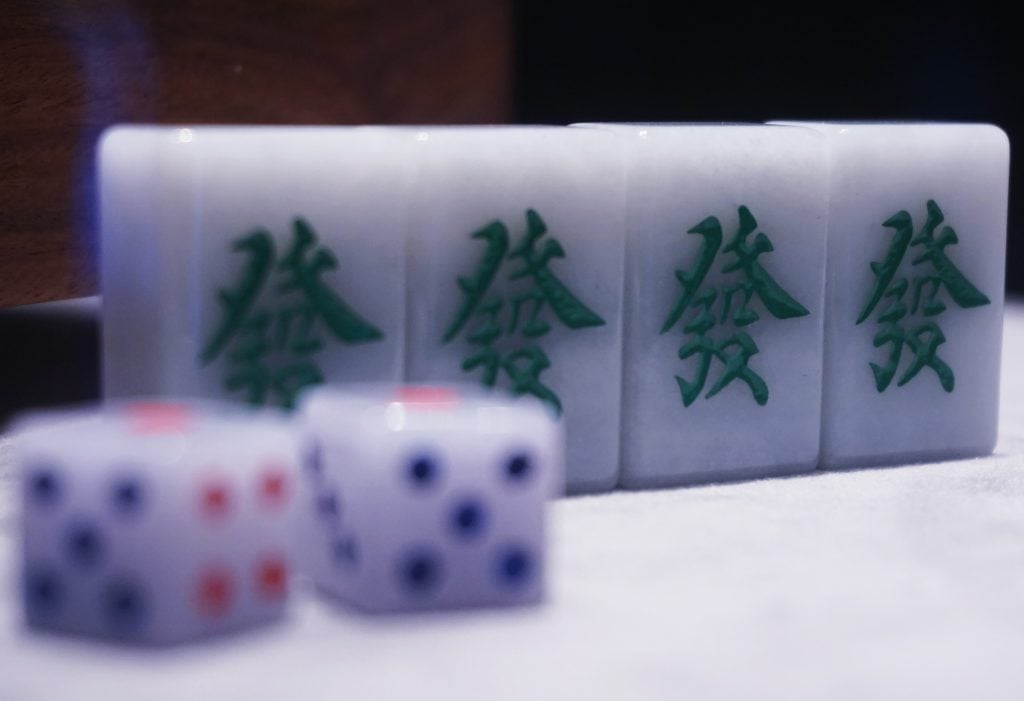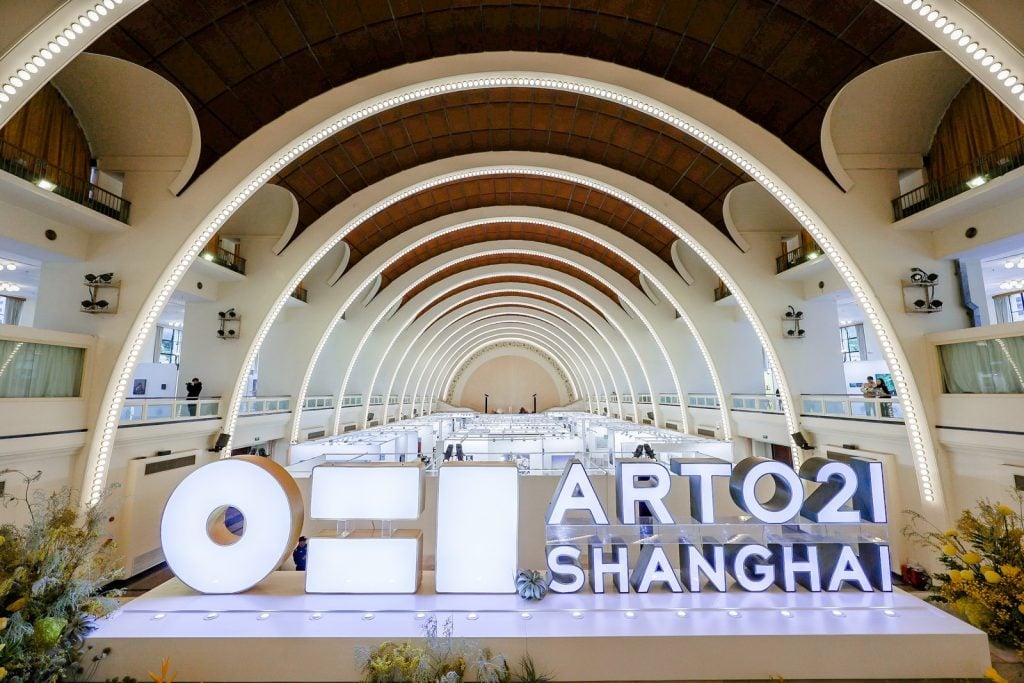Market
At Shanghai Art Week, Slower Sales and More Subdued Parties
The city's art scene is continuing to grow, but it is not immune from market troubles

The city's art scene is continuing to grow, but it is not immune from market troubles

Cathy Fan

The Big Picture is excerpted from The Asia Pivot, Artnet Pro’s biweekly members-only newsletter providing mission-critical analysis, insights, and exclusive intelligence on developments in Asia’s art markets, with a focus on business opportunities and challenges. Subscribe here to receive it directly to your inbox.
“Very quiet.” That’s how several people I spoke to before Shanghai Art Week described China’s biggest annual art event.
Compared to Art Basel Hong Kong’s appeal to Korean collectors, Shanghai remains more of a grand gathering for the Greater China market, especially the mainland. This year, a pressing question hovered over the city: With China actively pushing for economic recovery, is the art market keeping pace? Several noticeable shifts suggest the stakes of the game are changing in Shanghai.
The week is grounded by two homegrown art fairs: ART021 Shanghai Contemporary Art Fair and West Bund Art and Design (both ran from November 7 to 10). The former in particular seemed to affirm its continued appeal with packed aisles and lively attendance on its opening day. Outside the fairs, major museums and institutions held exhibitions that opened in quick succession, while evenings were filled with various dinners and parties—though events were noticeably scaled back. West Bund cut down on dinner seats, and ART021 held only a VIP party. Some noted that opening announcements and invitations seemed to “come a bit late.”

Central pavilion of 2024 ART021 Shanghai Contemporary Art Fair
The fourth and largest edition of Tokyo Art Week, running simultaneously, may have stolen a bit of attention and a few Chinese VIPs, though likely not many as China has not yet resumed visa-free travel to Japan.
Overall, dealers at the Shanghai fairs said sales “are very slow” due to a widening gap between collectors’ initial inquiries and final purchases. Additionally, the prices of most sold works were relatively low. Western galleries (especially blue-chip outfits) sold million-dollar pieces, showing confidence in top-tier collectors, particularly institutional ones. However, there seemed to be a stark gap between the top-end works and other pieces, with average sale prices dropping to around $150,000 or lower. Smaller galleries, particularly those native to Asia, mainly sold works priced below $50,000.
More first-time collectors are entering the market—there was a noticeable uptick in younger buyers at ART021, especially—reflecting a broader trend seen in China’s luxury sales. Yet, while this influx may bring a deeper pool of buyers, tapping into it may require lowering prices and adjusting inventory to accommodate generally tightened budgets.

Beyond the fairs, the city’s art scene is also shifting. Paula Cooper Gallery held a quiet yet elegant exhibition in a three-story yangfang (directly translated to “Western-style house”) in Shanghai’s former French Concession. These early 20th-century historical buildings, nearly impossible to replicate, have become a popular choice for art spaces this year. Previously, institutions that moved out of the West Bund art district have all swiftly found their next locations, with ShanghArt splitting its demolished venue into two new spaces. Since this time last year, the Suzhou Creek area has quickly become a relatively mature gallery hub.
The private museum boom seems to have paused, with major Chinese collectors instead opting for “foundations” with smaller spaces, rather than committing to large-scale investments. Meanwhile, previously high-profile and ambitious museums, such as the Long Museum, now frequently showcase solo exhibitions of artists represented by Western galleries. This strategy is mutually beneficial. The galleries get a starchitect-designed venue to show their artists’ work in without any of the overhead of running the space. Meanwhile, the private museum owners, who get fewer tax breaks than their counterparts in the U.S. or Europe, don’t need to fundraise for a major international show.
Despite the slowdown, Shanghai’s influence is continuing to grow, extending throughout the 1.5-hour high-speed rail circle. Before the art week began, many insiders headed to Hangzhou, where a crop of vibrant “artist-run alternative spaces” and a unique art ecosystem have sprung up. After Shanghai, many went to Nanjing, where the Deji Art Museum is hosting Beeple’s first solo exhibition worldwide. The Yangtze River Delta, one of China’s wealthiest regions, is home to many discreetly affluent private entrepreneurs. How many of them will be drawn into the art market? We may see this in the next five years.
If the game is changing, now is the time to roll the dice.